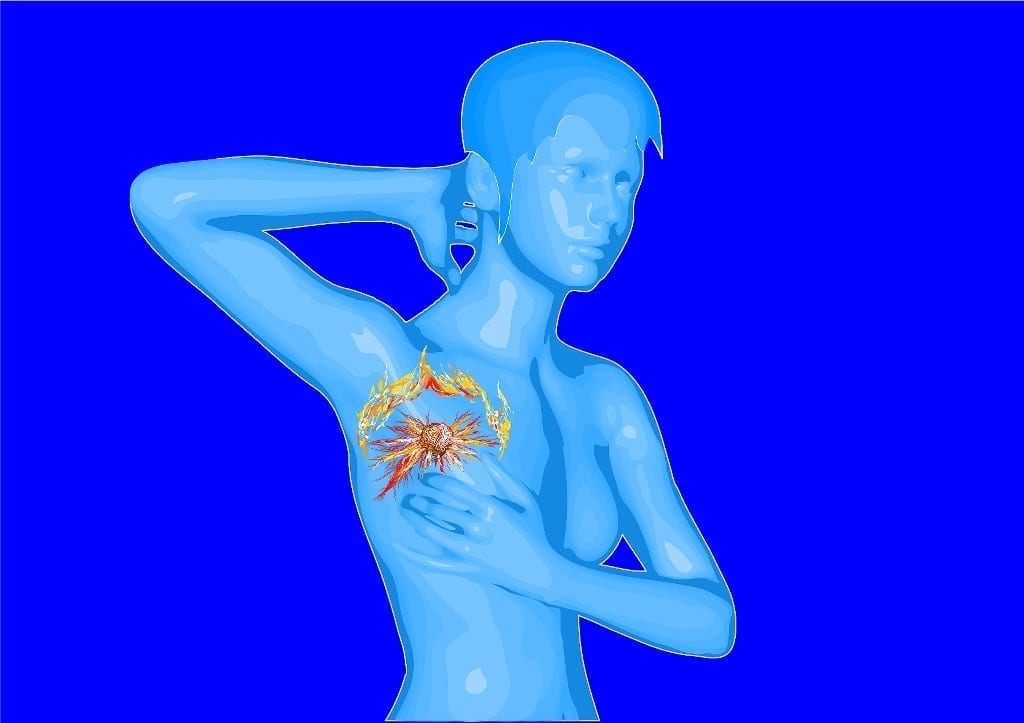Understanding Genetic Differences in Tumors May Help with Treatment Strategies
Researchers at Michigan State University are taking a more indepth look at the genetic differences between and within breast cancer tumors to better treat each patient. An article written by two Michigan State University Ph.D. students Jonathan Rennhack and Jing-Ru Jhan, originally published in The Conversation, outlines the methods they’re using to study how to best understand tumor heterogeneity (the differences between tumors and within them) and define better treatment strategies for patients.
“Breast cancer is not a single disease,” the authors write. “It is, in fact, a collection of genetic changes that all lead to the same outcome: a tumor in the breast.” This means therapies need to be tailored to each individual patient using hormone therapy, targeted therapy or chemotherapy as a course of treatment. While tumors are a result of the uncontrolled division of a single cell, the cells that make up a given tumor are not all identical.
“As a tumor cell divides, each daughter cell has mutations not present in the parent cell. This is called genetic instability. This multitude of mutations leads to a survival-of-the-fittest scenario within the tumor (this is called selective pressure)…. Selective pressure means that cells with certain characteristics ‘win’ the surivival of the fittest battle within the tumor.”
Rennhack and Jhan have used whole genome sequencing and microarray technology chip to examine gene expression data to examine what the genomic profile of different regions of patient’s tumors look like. “We can look at mutations, changes in the number of copies of certain genes or translocation, which is when genes aren’t in the place they should be. Perhaps more importantly, we have worked to understand the impace of those mutations on all of the genes produced by a tumor cell.”
Proof-of-concept studies have been completed and the potential therapy targeting oncogenic pathways has worked in models of breast cancer, which shows the potential of applying this concept in clincs.
Read more about their work here.














